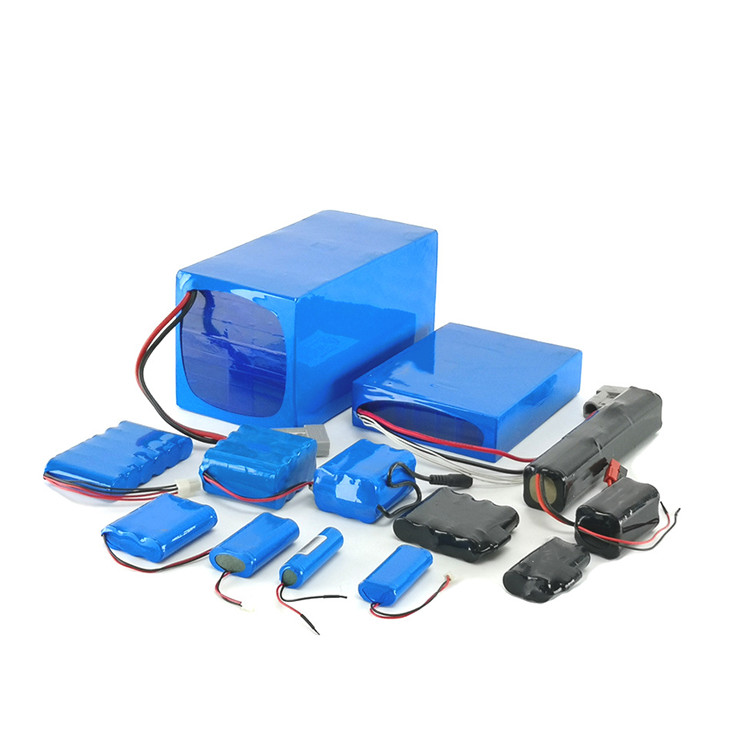Difference between lithium ternary battery and LiFePO4 battery
January 14, 2021
In the battery naming rules, most of the cathode materials to name, ternary lithium battery and LiFePO4 battery from the same origin. The debate on ternary and LiFePO4 has not stopped, but what’s the difference?
From the material point of view, the “ternary” of ternary lithium batteries refers to polymers containing three metal elements, nickel Ni、 cobalt, manganese or aluminum, which are positive poles in ternary lithium batteries. The LiFePO4 battery uses lithium iron phosphate (LiFePO4) as cathode material and iron element as battery raw material. The P-O bond in lithium iron phosphate crystal is very stable and difficult to decompose. Even at high temperature or overcharge, there will be no structural collapse and heat or strong oxidizing substances.
Structurally, the ternary lithium battery has high energy density, high charge-discharge efficiency, and it also has the characteristics of high temperature resistance. The advantages of LiFePO4 are lower cost, stable structure, long charge-discharge cycle life, but also low energy density, low charge-discharge efficiency and poor performance at low temperature.
Generally speaking, ternary lithium batteries are suitable for high energy density, limited space and high customer experience, such as high-end passenger cars, while lLiFePO4 is suitable for large space and conditional large volume batteries. High safety requirements, long-term uninterrupted operation scenarios, such as commercial vehicles and energy storage facilities.








 Sales
Sales Sales
Sales Sales01
Sales01
 Sales Manager
Sales Manager